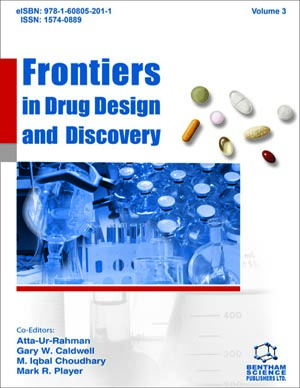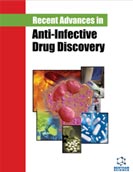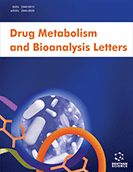Abstract
The HIV/AIDS infection continues to be a major epidemic worldwide despite the initial promise of antiviral drugs. Current therapy includes a combination of drugs that inhibit two of the virally-encoded enzymes, the reverse transcriptase and the protease. The first generation of HIV protease inhibitors that have been in clinical use for treatment of AIDS since 1995 was developed with the aid of structural analysis of protease-inhibitor complexes. These drugs were successful in improving the life span of HIV-infected people. Subsequently, the rapid emergence of drug resistance has necessitated the design of new inhibitors that target mutant proteases. This second generation of antiviral protease inhibitors has been developed with the aid of data from medicinal chemistry, kinetics, and X-ray crystallographic analysis. Traditional computational methods such as molecular mechanics and dynamics can be supplemented with intelligent data mining approaches. One approach, based on similarities to the protease interactions with substrates, is to incorporate additional interactions with main chain atoms that cannot easily be eliminated by mutations. Our structural and inhibition data for darunavir have helped to understand its antiviral activity and effectiveness on drug resistant HIV and demonstrate the success of this approach.






















